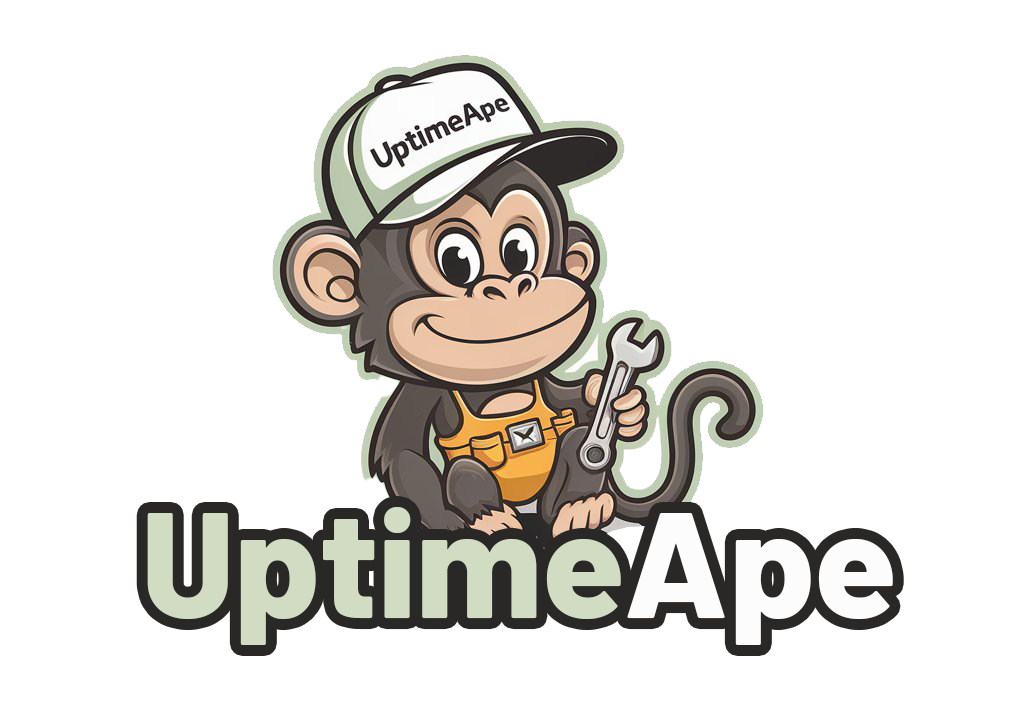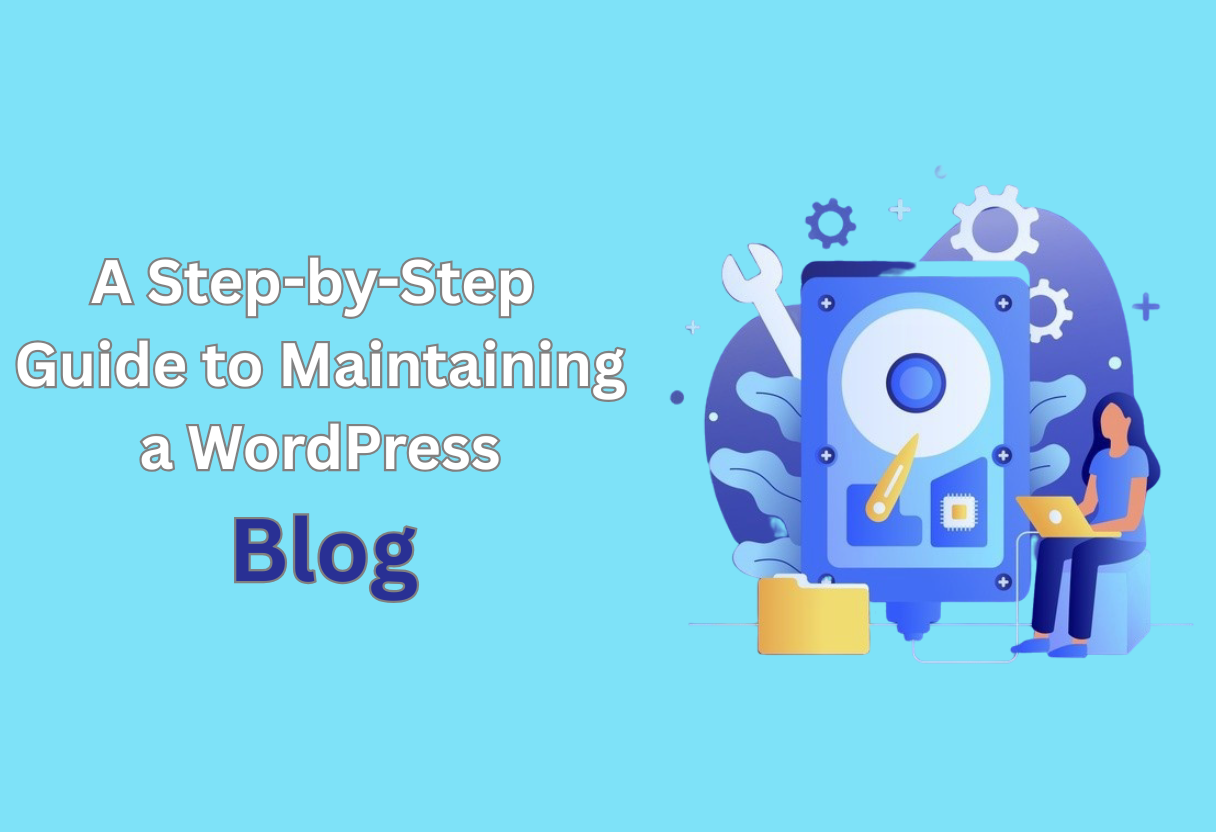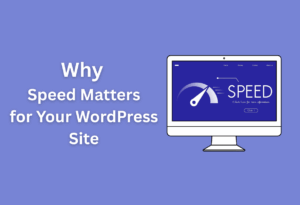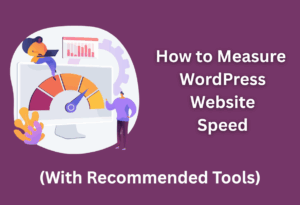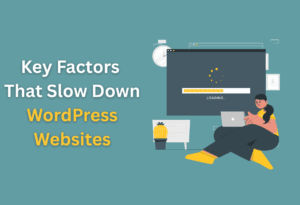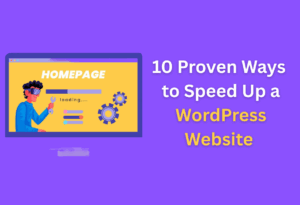There’s no denying that maintaining a WordPress blog can feel overwhelming at times, but with the right approach, you can ensure your site runs smoothly and effectively.
In this guide, you’ll learn practical steps for regular updates, security measures, and performance enhancements tailored to your needs.
Whether you’re a novice or an experienced blogger, these tips will help you enhance your online presence and engage your audience more effectively. Let’s look into the imperatives of keeping your WordPress blog in top shape!
Understanding WordPress
While venturing into the world of blogging, it’s vital to grasp the fundamentals of WordPress, the platform powering millions of websites. Understanding its various elements, features, and characteristics will empower you to effectively manage and maintain your blog.
Types of WordPress Blogs
While exploring WordPress, you will encounter several types of blogs suitable for different purposes. Recognizing these distinctions is the first step in crafting your digital presence.
- Personal Blogs
- Business Blogs
- Niche Blogs
- Portfolio Blogs
- News and Magazines
After identifying the type of blog that aligns with your interests and goals, you can tailor your content and strategy accordingly.
| Type of Blog | Description |
| Personal Blogs | Focuses on individual experiences and stories. |
| Business Blogs | Promotes products/services and builds brand presence. |
| Niche Blogs | Targets specific interests or hobbies for a dedicated audience. |
| Portfolio Blogs | Showcases creative work, such as writing or design. |
| News and Magazines | Covers current events, trends, and articles on various topics. |
Choosing the Right Theme
Right after deciding on the type of blog you want, the next step is selecting a theme that aligns with your vision. The theme sets the visual aesthetic and user experience of your blog.
This choice significantly impacts how your audience perceives your content. Look for themes that are responsive, clean, and cater to your specific blog’s purpose.
A well-chosen theme not only enhances the visual appeal but also improves functionality, helping ensure that visitors enjoy a seamless browsing experience. It’s worth investing time in choosing the right theme, as it lays the foundation for your blog’s success.
Setting Up Your WordPress Blog
Unlike many other platforms, WordPress offers a straightforward way to create and manage your own blog. The setup process can be broken down into manageable steps, guiding you from installation to basic configuration.
Step-by-Step Installation Process
One of the first steps you’ll need to take is installing WordPress. Below is a simple table outlining the basic steps involved in the installation process.
| Step | Description |
| 1 | Choose a hosting provider and domain name. |
| 2 | Download the WordPress software from wordpress.org. |
| 3 | Upload WordPress files to your server. |
| 4 | Create a MySQL database for WordPress. |
| 5 | Run the installation script via your web browser. |
Configuring Basic Settings
There’s a variety of basic settings you’ll need to configure to ensure your blog operates smoothly. These settings enable you to tailor the functionality and appearance of your site according to your preferences.
Choosing the right settings in the WordPress dashboard is imperative for your blog’s success. You should start by setting your site title and tagline, adjusting your permalink structure, and selecting your preferred timezone.
Taking the time to explore the discussion settings can help you manage comments effectively. Lastly, make sure to configure your user profile and privacy settings to create a user-friendly environment for both you and your readers.
Content Creation and Management
To effectively maintain your WordPress blog, mastering content creation and management is vital. This involves planning, drafting, and refining your posts to engage your audience and keep them coming back for more.
Planning Your Content Strategy
Content strategy is necessary for ensuring that your blogging efforts align with your goals and cater to your target audience. Begin by defining your niche, identifying key topics, and creating a content calendar to organize your publishing schedule. This will help you maintain a consistent flow of relevant and engaging material.
Writing and Editing Posts
One of the most important aspects of maintaining your blog is writing and editing your posts. You should focus on creating content that resonates with your audience and provides value through insights, information, or entertainment.
Plus, take the time to edit your posts thoroughly. Editing is more than just correcting grammar and spelling; it’s about refining your message and ensuring clarity. Consider using tools like Grammarly to aid your writing, and don’t hesitate to seek feedback from trusted peers to enhance your content quality further.
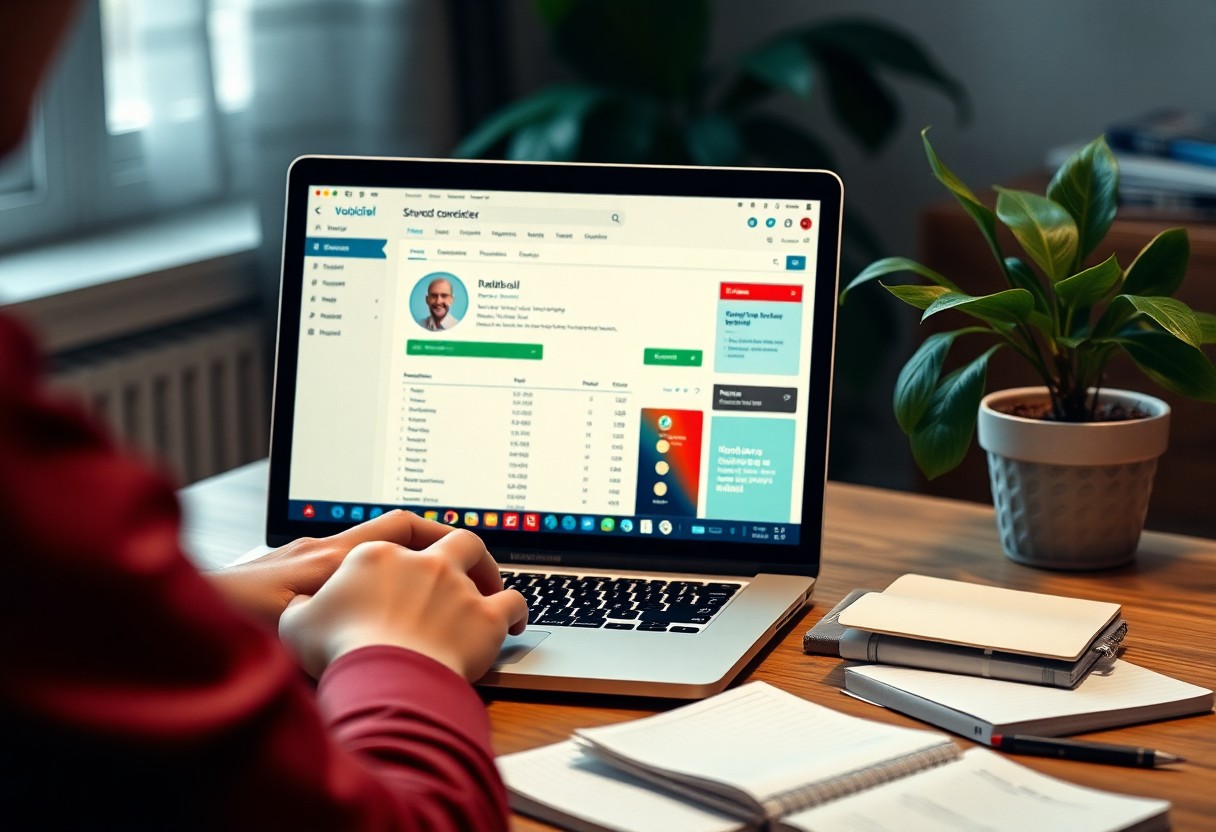
Enhancing Blog Functionality
After setting up your WordPress blog, you’re ready to take it to the next level by enhancing its functionality. This involves using plugins and customizing the design to meet your needs and improve user experience. By focusing on these elements, you can create a more engaging and effective blog that attracts and retains readers.
Essential Plugins to Consider
One of the best ways to enhance your blog is by utilizing crucial plugins that streamline operations and improve performance. Consider plugins for SEO optimization, social media sharing, and security to ensure your blog is well-rounded and functional. These tools are designed to address various aspects of blog management, making it easier for you to focus on content creation.
Customizing Your Blog’s Appearance
Even small changes can greatly improve your blog’s appearance and overall aesthetic, making your content more appealing to visitors. Customizing your theme, adjusting fonts, and selecting the right color schemes can enhance readability and engagement.
Plugins are available to further customize the appearance of your blog. You can select from various themes tailored to your niche, adjust layouts for optimal readability, and even use customization tools for unique visual elements.
Consider using CSS or drag-and-drop builders to easily personalize your site without needing extensive coding knowledge. The goal is to create a visually appealing space that reflects your brand and resonates with your audience.
Promoting Your WordPress Blog
For a WordPress blog to thrive, effective promotion is necessary. You need to draw attention to your content and engage an audience that shares your interests. The right strategies can help you reach more readers and build a loyal following, so let’s explore into how you can elevate your blog’s visibility.
Effective Marketing Strategies
To effectively market your blog, consider a mix of techniques, such as leveraging social media platforms, collaborating with influencers in your niche, and utilizing SEO tactics to enhance your visibility in search engines. Regularly creating quality content that resonates with your audience can also strengthen your promotional efforts and broaden your reach.
Pros and Cons of Different Promotion Channels
Marketing your blog involves evaluating various promotion channels to find what works best for you. Each channel comes with its strengths and weaknesses. Here’s a breakdown of the pros and cons to help you make informed decisions.
Pros and Cons of Different Promotion Channels
| Channel | Pros | Cons |
|---|---|---|
| Social Media | Wide reach, quick engagement | Can be time-consuming |
| Email Marketing | Direct communication, high ROI | Requires building an email list |
| SEO | Long-term traffic, credibility | May take time to see results |
| Guest Blogging | Access to new audiences | Dependent on other platforms |
| Paid Advertising | Immediate traffic, targeted audience | Costs can add up quickly |
| Podcasts | Engaging, growing popularity | Requires additional skills |
| Influencer Collaborations | Credibility boost, wider exposure | Varies by influencer’s reach |
| Content Syndication | Broader audience, quick sharing | Less control over content placement |
| Forums and Communities | Highly engaged audience | Requires consistent participation |
| Networking Events | Direct connections, real-time feedback | Can be time-intensive |
Blog promotion is a multifaceted endeavor, and understanding the pros and cons of different channels helps you tailor your marketing strategy effectively. With careful consideration, you can choose the best methods that align with your blog’s goals.
Building an effective promotional plan not only increases your blog’s exposure but also fosters engagement and community around your content.
Maintenance and Security
Despite the vibrant content you create, your WordPress blog requires ongoing attention to keep it running smoothly and securely. Regular maintenance and effective security measures are imperative to ensure your site remains accessible and protected from threats.
Regular Maintenance Tasks
Any successful blog owner knows that regular maintenance tasks are key to optimal performance. You should routinely update your WordPress version, themes, and plugins to the latest versions. Additionally, regularly back up your site and clean up unused themes and plugins to enhance speed and security.
Security Best Practices
For safeguarding your blog, you should implement security best practices that minimize vulnerabilities. This includes using strong passwords, enabling two-factor authentication, and ensuring your website’s software is consistently up-to-date.
Best practices for security go beyond basics; consider using a security plugin to monitor your site for suspicious activities and to conduct regular security audits. Additionally, configuring your hosting environment to support security measures like HTTPS can greatly enhance safety. By taking these proactive steps, you can better protect your blog against hacking attempts and malware incursions.
To wrap up
Ultimately, maintaining a WordPress blog involves consistent effort and attention to detail. By following the step-by-step guide outlined, you can ensure your blog remains engaging, secure, and functional.
Regularly update your content, optimize for SEO, monitor performance, and keep your themes and plugins current. With these practices in place, you create a vibrant online presence that attracts and retains your audience effectively. Embrace the process, and your blog will thrive.
Q: How often should I update my WordPress blog?
A: It’s advisable to update your WordPress blog regularly to keep your content fresh and engaging for your audience. Aim to publish new posts at least once a week.
Additionally, you should regularly update existing posts to refine your information and improve SEO. Implementing a consistent schedule can help build an audience and keep readers coming back for more.
Q: What steps should I take to ensure my WordPress blog is secure?
A: Securing your WordPress blog involves several steps. First, always keep your WordPress core, themes, and plugins updated to the latest versions. Use strong passwords and consider implementing two-factor authentication for additional security.
Installing reputable security plugins can help monitor your site and protect against threats. Regularly backing up your blog’s data will also help you recover quickly in case of any security breaches.
Q: How do I improve the performance of my WordPress blog?
A: Improving the performance of your WordPress blog can be achieved through various methods. Start by selecting a reliable hosting provider that offers sufficient resources for your site. Optimize images by compressing them without losing quality, and utilize caching plugins to reduce load times.
Minimizing the use of unnecessary plugins and scripts will also enhance performance. Regularly check your site’s speed with online tools and make adjustments as needed to ensure a smooth user experience.
